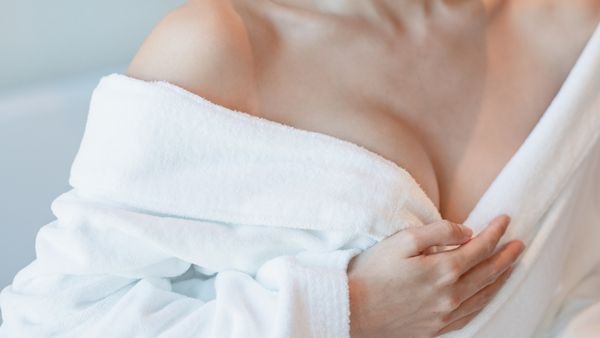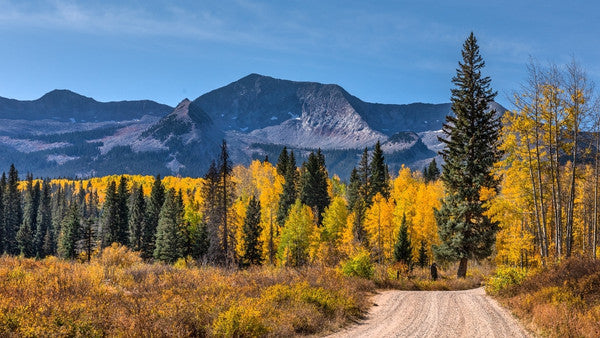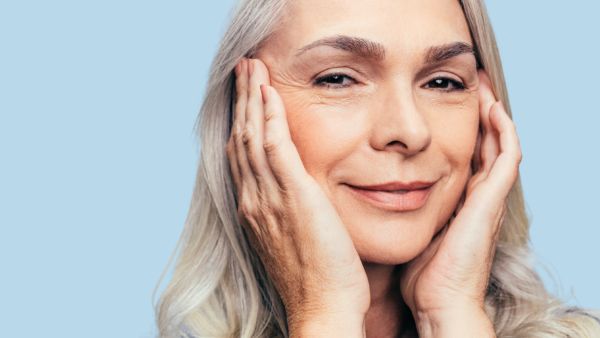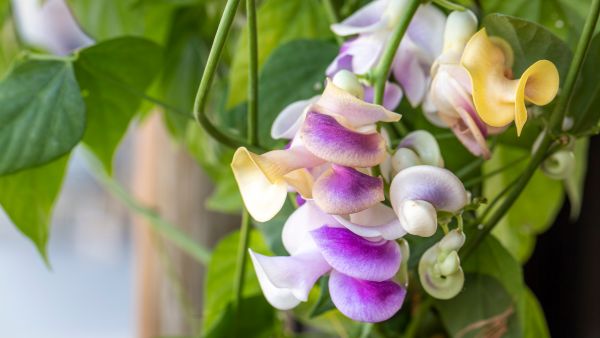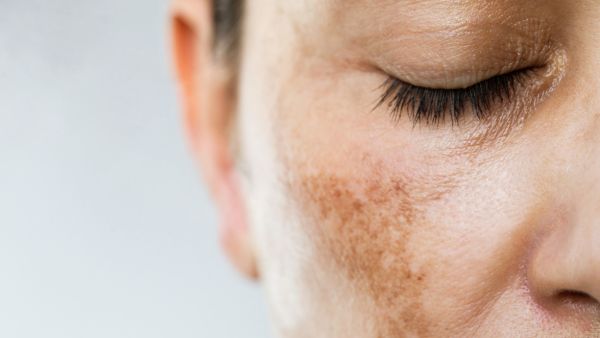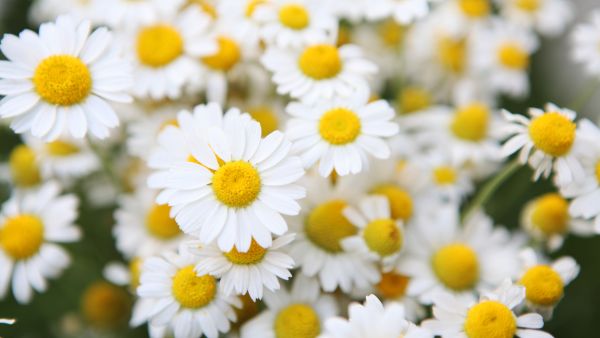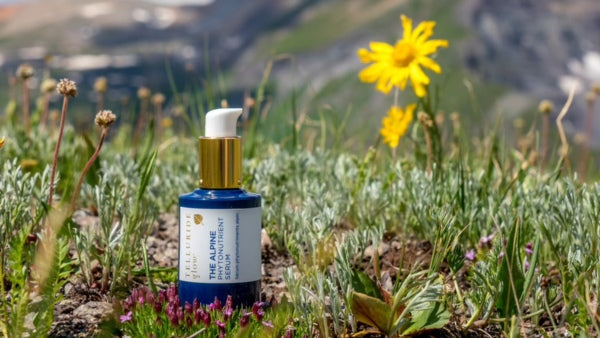Aspen Bark Benefits for Skin Health
Aspen, scientifically known as Populus tremuloides, and colloquially referred to as the quaking aspen for its distinctive fluttering leaves, is more than just an aesthetically pleasing deciduous tree native to North America.
Beyond its visual charm and the timber's valued durability and disease resistance, aspen harbors potent phytonutrients that offer a myriad of benefits for skin health.
Aspen bark is a phytonutrient powerhouse
The resilience of aspen trees, capable of thriving in harsh high-altitude environments, is largely attributable to their rich content of polyphenols and alkaloids. These compounds not only enable the aspen to fend off predators and diseases but also imbue it with remarkable longevity. Such phytonutrients are what make aspen bark extract a remarkabkle ingredient for skincare, providing significant anti-microbial, anti-oxidant, and anti-inflammatory benefits.
The historical & medicinal significance of aspen bark
Historically, aspen has been revered for its medicinal properties. Indigenous peoples of North America utilized it for treating a variety of conditions, from fever and skin burns to respiratory ailments.
The bark, in particular, was noted for its healing effects on wounds and chilblains, as well as its analgesic and anti-inflammatory properties, offering relief from back pain and potentially mitigating gastric ulcers.
Aspen bark extract in skincare
Smoothing and Softening Effects
Aspen bark is a treasure trove of salicin, a precursor to salicylic acid, which acts as a gentle exfoliator.
By promoting the shedding of dead skin cells, salicin helps to smooth, soften, and brighten the skin, enhancing texture, diminishing fine lines, and revitalizing the complexion.
Ideal for sensitive skin
Due to its non-irritant nature, aspen bark extract is well-suited for sensitive skin types. It serves as a natural preservative, offering a safer alternative to traditional parabens while reducing the potential for skin irritation.
Anti-inflammatory properties
The blend of salicin and polyphenols in aspen bark extract provides significant anti-inflammatory effects. This can be particularly beneficial for calming reactive or irritated skin, with antioxidants helping to soothe the epidermis by combating free radicals and inflammation.
Potent antioxidant activity
Aspen bark extract's high phytonutrient content makes it a powerful antioxidant. Polyphenols protect the skin's structural proteins, such as collagen and elastin, from oxidative damage. This helps to preserve skin integrity and combating signs of premature aging.

Incorporating aspen bark into your skincare routine
Leveraging the power of aspen bark extract in skincare products, like our Aspen Dew Illuminating Essence, can significantly enhance skin health.
Its unique ability to smooth, soften, and calm, makes it an invaluable ingredient for anyone looking to restore balance and brightness to their complexion.
Continue reading

